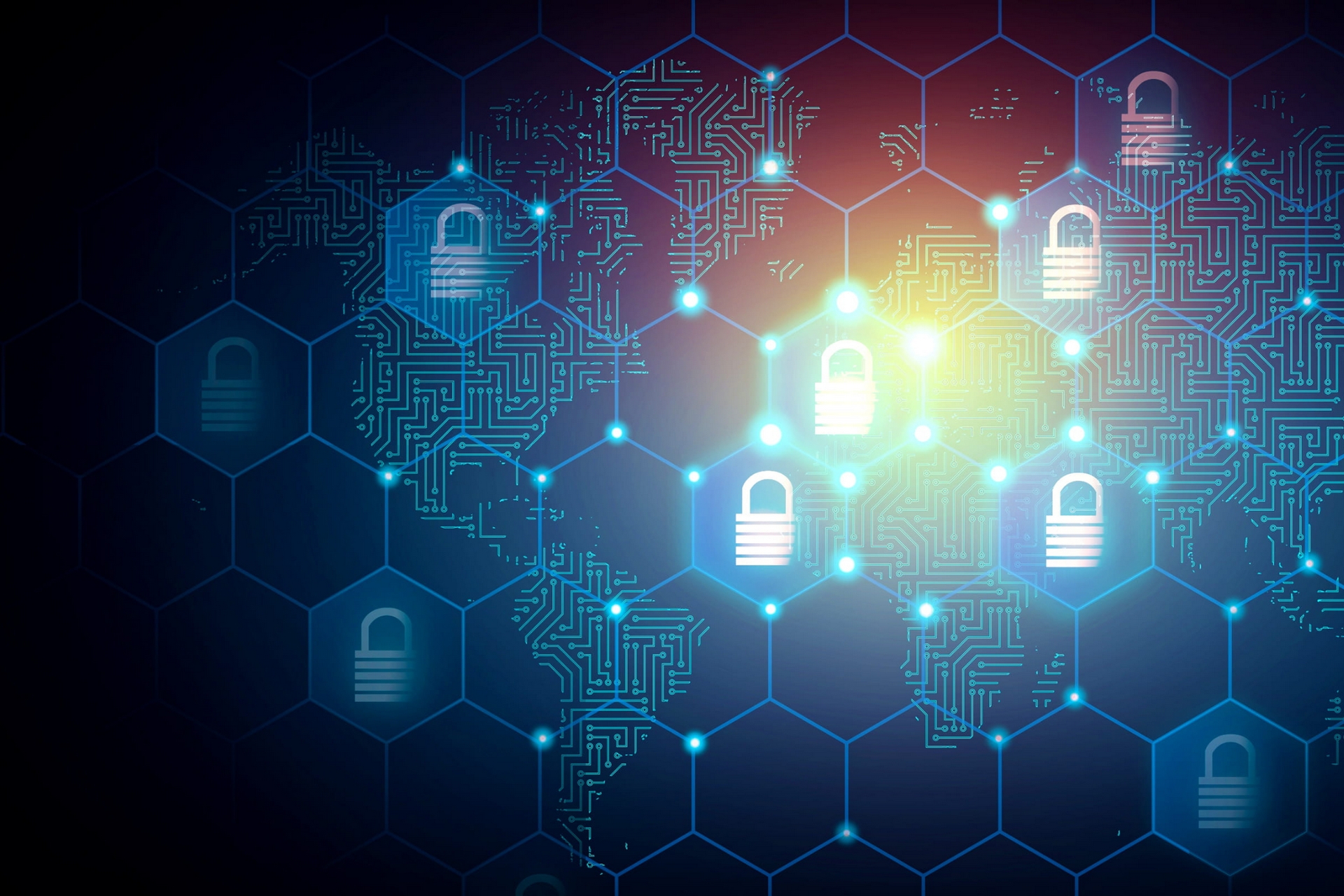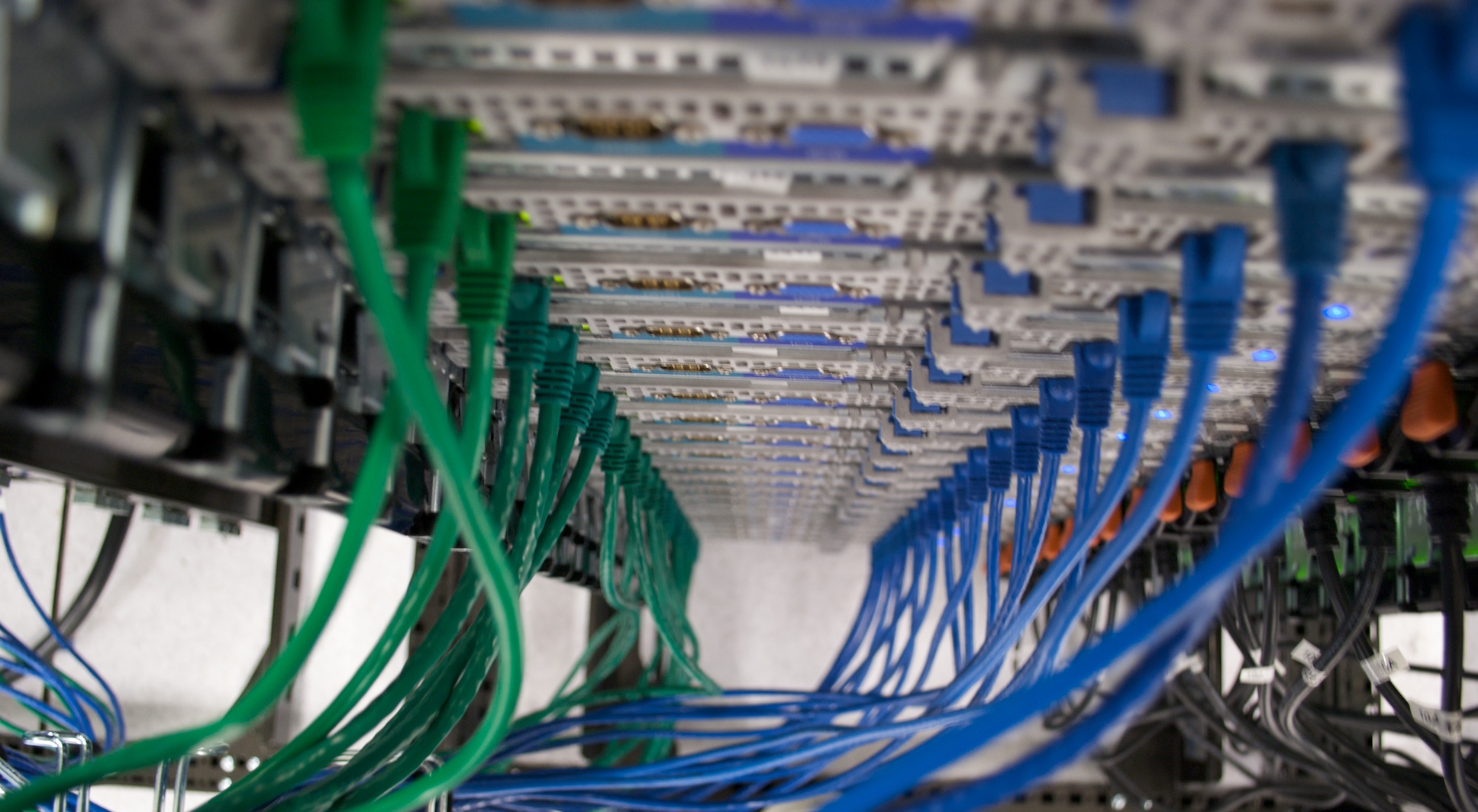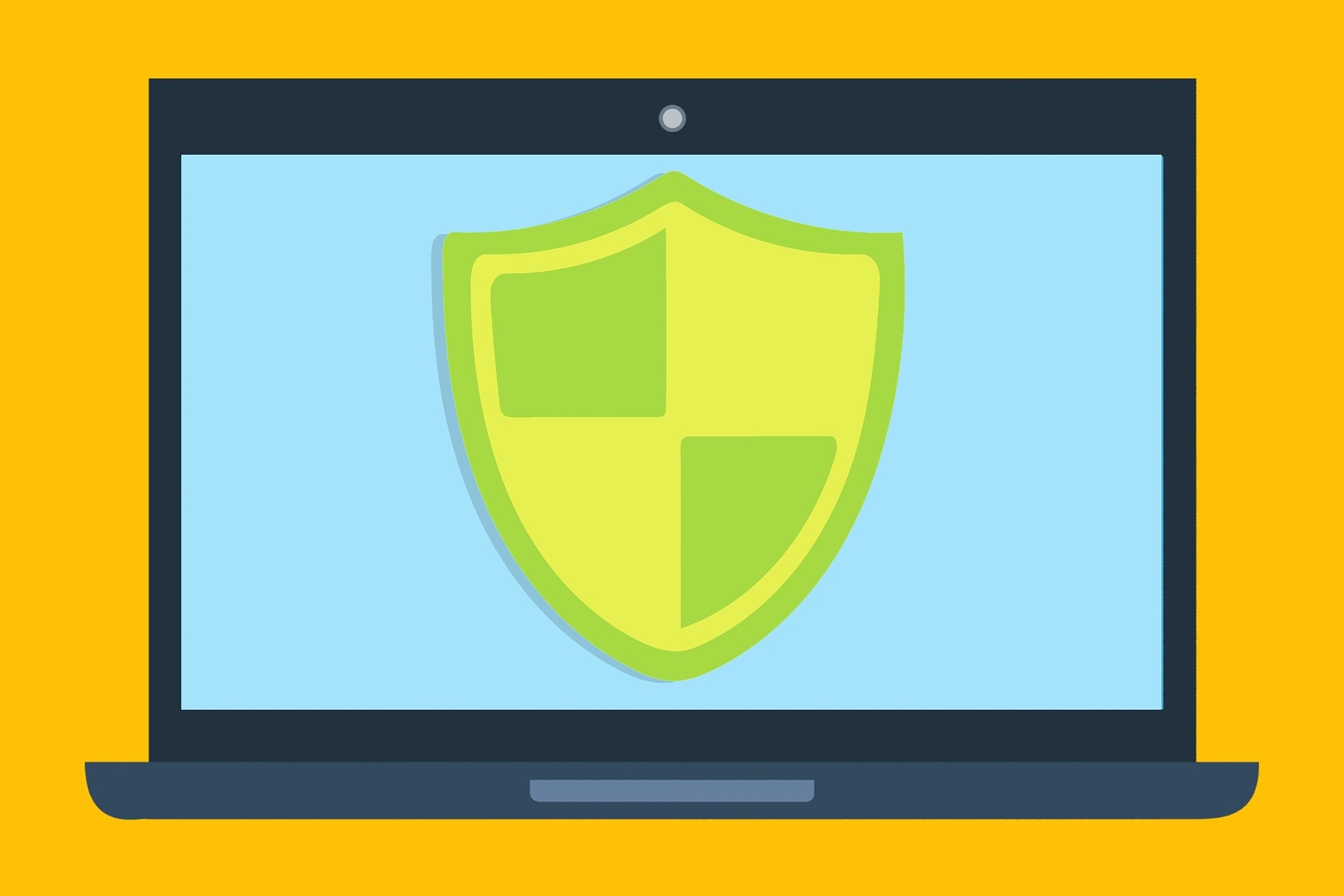5 Security Operations and Analytics Trends for 2020
According to ESG research, 36% of organizations are actively integrating disparate security analytics and operations tools in pursuit of a more cohesive security technology architecture. Another 48% of organizations say they are somewhat active with security analytics and operations tool integration.










